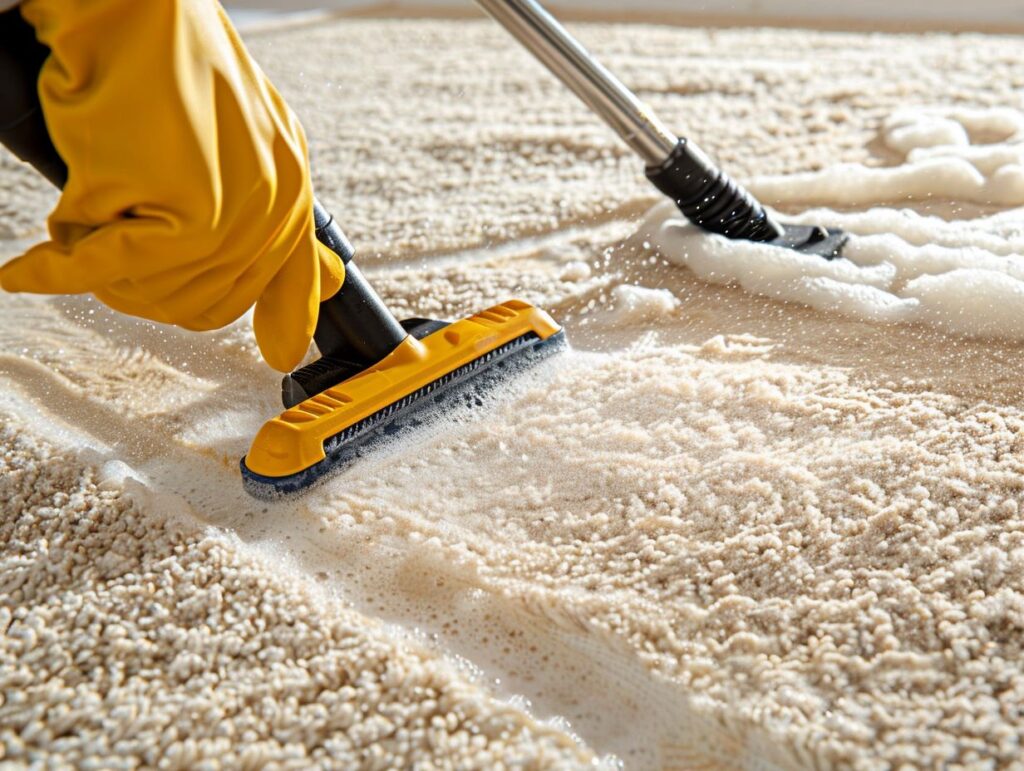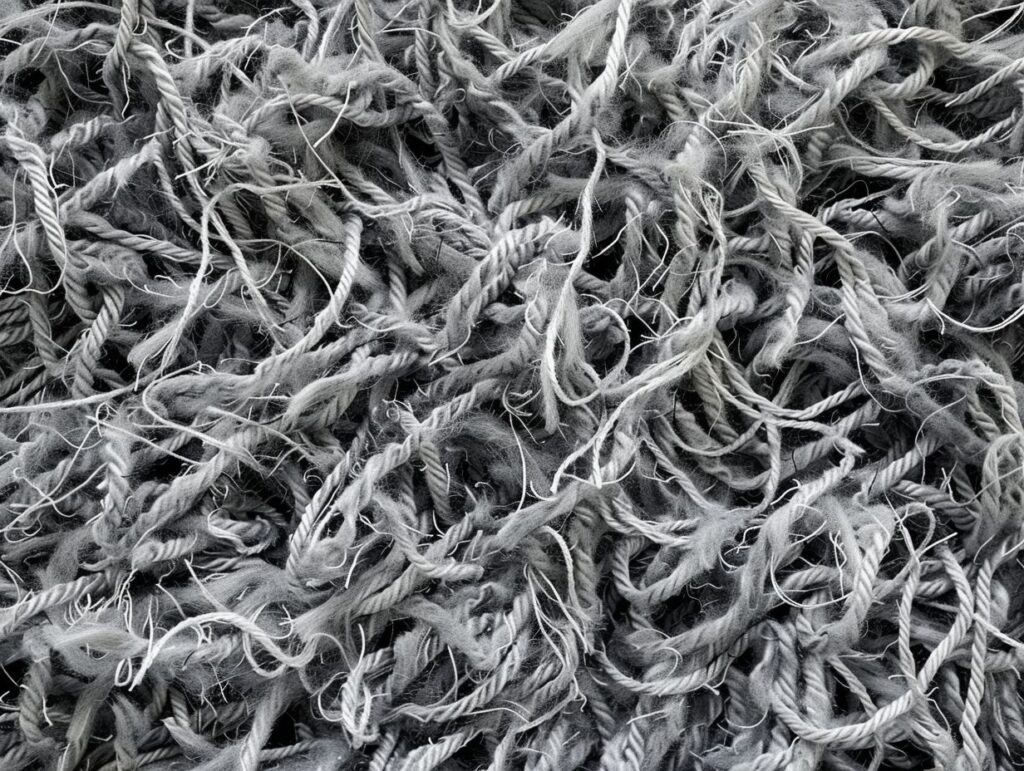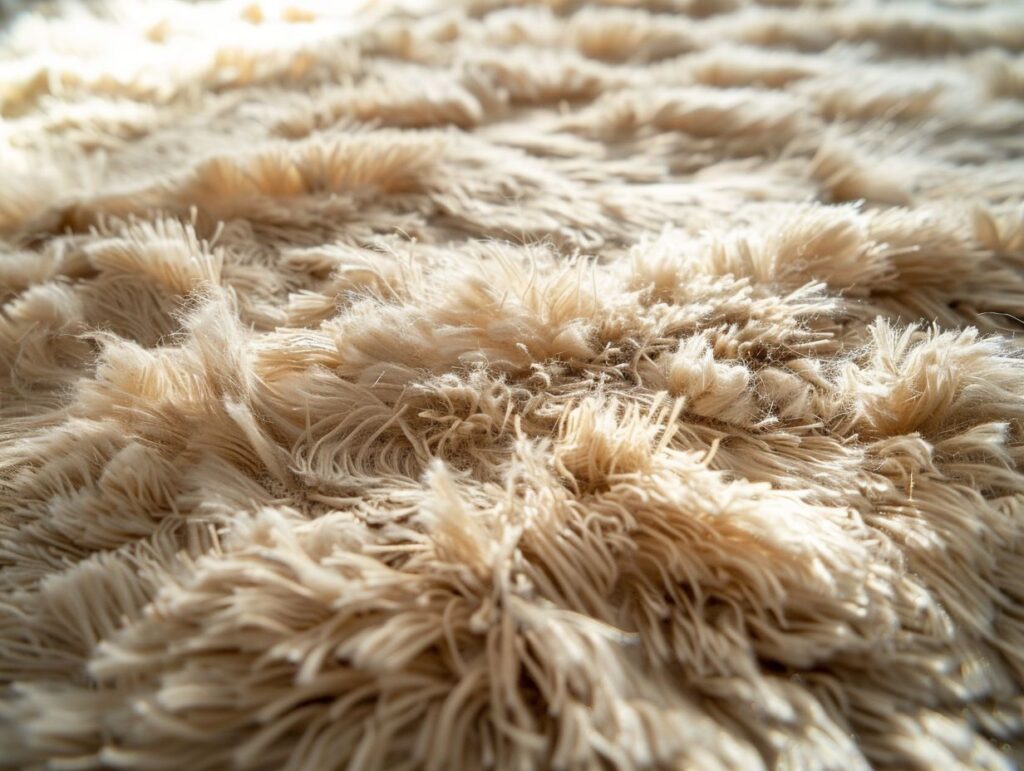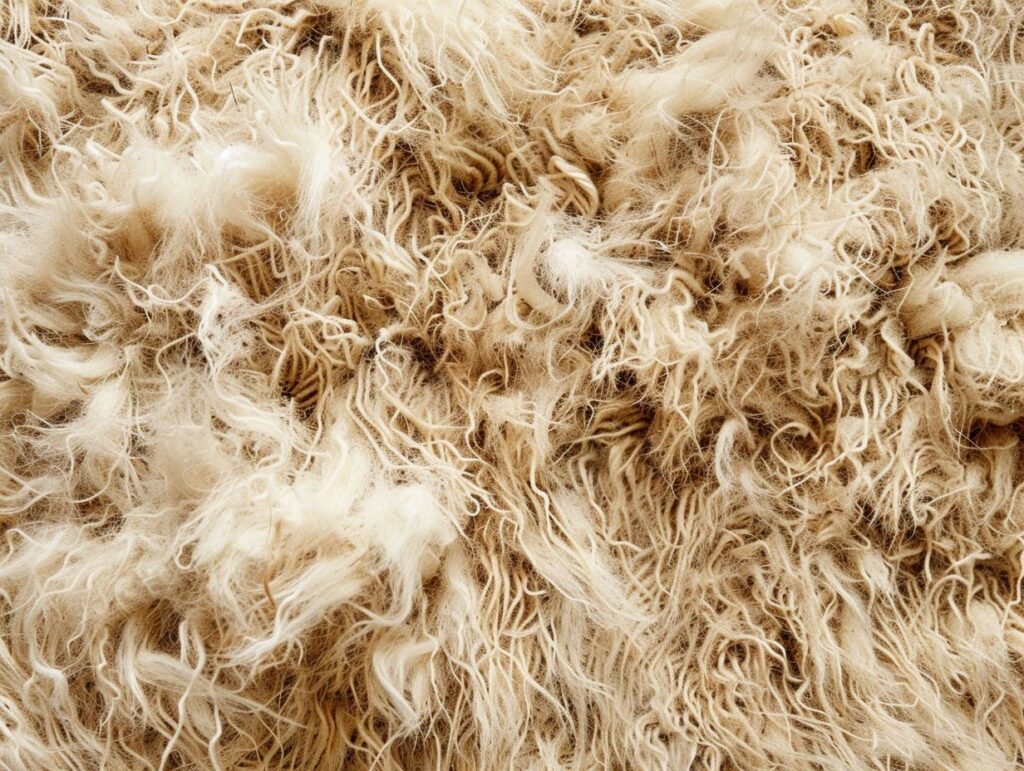I was standing in the middle of my living room in Clapham, staring down at my favourite rug. A deep blue wool number I bought after one too many episodes of Grand Designs. Once upon a time, it looked like something out of a home magazine. But now? It looked a bit limp. Flat. Worn out. A shadow of its former self.
I hoovered regularly. I avoided red wine disasters. And still, it had lost that fresh, cosy look it had when I first rolled it out. Sound familiar?
If your once-luxurious rug now looks like it’s had a rough night in Soho, you’re not alone. We spoke to London’s top rug experts to figure out what’s going on—and more importantly, what you can do to get that fluff back.
Everyday Life Is Tough On Rugs
Rugs aren’t just pretty. They take a beating. Especially in busy London homes with kids, pets, or guests who never seem to wipe their feet properly.
Foot Traffic and Furniture – The Silent Flatteners
Every time someone walks across your rug, the fibres get pressed down. It happens slowly, so you barely notice. Then one day, that plush texture feels flat underfoot. Heavy furniture makes it worse. Sofas and coffee tables leave dents that don’t bounce back.
If your layout means people always walk the same route—from hallway to kitchen, say—that pathway gets extra worn. High-traffic areas like living rooms and entrances suffer the most.
Dust, Dirt and Invisible Grit
Here’s the gross bit. Your rug could be hiding kilos of dirt without looking dirty. Grit gets trapped deep in the pile, grinding away at the fibres like sandpaper. It doesn’t just dull the colour—it damages the rug from the inside out.
Even homes that seem spotless can have this problem. London air is full of particles, and much of it ends up in your rugs. You can’t escape it, but you can learn to manage it.
Are You Cleaning It… Or Killing It?
You want to take care of your rug, right? But sometimes we do more harm than good without realising it.
Over-Vacuuming or Under-Vacuuming?
Vacuuming once a week? Great. Every day with the beater bar turned up full blast? Not so great.
Over-vacuuming, especially with aggressive settings, pulls and tears at delicate fibres. On the flip side, not vacuuming enough lets dirt build up and get packed in. It’s all about balance. If your rug is wool or silk, be extra gentle. Choose a suction-only setting, no brushes, and go with the grain.
Using the Wrong Cleaning Products
That “miracle rug spray” you grabbed off the supermarket shelf might be doing more damage than good. Some cleaners have harsh chemicals that bleach or stiffen fibres. Others leave sticky residues that attract more dirt.
Always check labels. Look for products made for your rug’s material. If you’re unsure, do a spot test in a hidden corner first.
DIY Deep Cleaning Gone Wrong
We’ve all seen those viral videos where someone pours half a bucket of detergent on their rug and pressure-washes it in the garden. Looks satisfying, but for your luxury rug? It’s a nightmare.
Natural fibres like wool or silk can shrink, bleed, or go rough if they’re soaked or scrubbed too hard. Once that happens, there’s no going back. If it’s a high-value rug, step away from the steam mop and call a professional.
Weather Woes – The London Factor
This one’s a bit sneaky. You might not realise just how much London’s climate messes with your rugs.
Moisture and Mould Risk in Humid Homes
Ever walked into a room and caught a faint musty whiff? That’s usually moisture at work. Older London homes, especially flats with poor ventilation, tend to trap damp. Rugs soak it up like a sponge.
Over time, this leads to mildew, strange odours, and a general loss of freshness. If the rug feels clammy or smells a bit off, humidity is the likely culprit.
The Effect of Central Heating and Dry Air
On the flip side, winter central heating dries out the air—and your rugs. Natural fibres lose their bounce when there’s not enough moisture. Colours fade. Wool gets brittle.
If your flat has radiators blaring all winter, try using a humidifier nearby or keeping the rug away from direct heat sources. It makes more of a difference than you’d think.
The Hidden Dangers Lurking Beneath
What’s underneath your rug plays a big part in how it holds up over time.
Worn or Slippery Underlays
An underlay (or rug pad) does more than stop slipping. It acts like a shock absorber, protecting the rug from hard floors and helping fibres stay upright. If your underlay is old, flattened or missing entirely, that rug is fighting a losing battle.
Look for a good-quality felt or rubber pad that suits your floor type—especially on wood or tile.
Floor Damage and Rising Dust
Cracked tiles, uneven floorboards or draughty gaps can all push dirt and dust up from below. Insects like moths and carpet beetles love hiding under rugs too.
Lifting your rug now and then gives you a chance to check the floor underneath. Clean it, seal any gaps, and get a fresh underlay while you’re at it.
Expert Tips to Revive That Fluffy Finish
So your rug’s lost its oomph. You don’t have to live with that sad pancake look. Here’s what the pros suggest.
Regular Grooming (Yes, Like a Pet!)
A carpet rake or soft-bristled brush can work wonders. Gently raking the fibres lifts them up and restores a bit of bounce. Go in the same direction as the pile, and don’t overdo it.
Just five minutes once a week can keep things looking sharp.
Shake It Out – The Old-School Method That Works
On a dry, breezy day, take your rug outside and give it a good shake. Or hang it over a railing and beat it with a broom handle (old-school but effective). You’d be amazed how much dust still comes out—even from vacuumed rugs.
Avoid doing this in damp weather. Moisture in the air will just make the rug heavier and harder to clean.
When It’s Time for a Professional Touch
If your rug’s looking tired despite your best efforts, don’t give up. A professional clean can be transformative. Specialist rug cleaners use low-moisture techniques, gentle shampoos, and fibre-specific treatments.
Depending on where your rug lives—under a dining table, in the hallway, or in a quiet guest room—you might want to get it cleaned once every 12 to 18 months. For rugs in busy homes or homes with pets, once a year is a good bet.
Looking Ahead – How to Keep It Fresh for Longer
Once you’ve revived your rug, the trick is keeping it that way.
Rotate, Air and Protect
Give your rug a quarter turn every few months so the wear evens out. Let it air now and then—especially after a big gathering or a winter’s worth of central heating. And don’t forget those underlays—they’re the unsung heroes of rug health.
Deal with Spills the Right Way
Accidents happen. When they do, act fast. Blot—don’t rub—spills with a clean cloth. Start from the outside of the stain and work your way in. Use cold water and a tiny bit of gentle detergent if needed.
For classic messes like red wine, coffee or muddy footprints, keep a spot-cleaning kit on hand. If you’re unsure, better to call in a cleaner than make it worse.
Wrap-Up
Rugs are like pets—they need love, care, and the occasional professional groom. If your once-fluffy beauty has lost its sparkle, it doesn’t mean the end. A few smart habits and the right support can bring back that lush, cosy look you fell in love with.
So take a good look at your rug today. Is it asking for a bit of TLC? Chances are, it’s got plenty of life left in it—you just have to coax it out.






